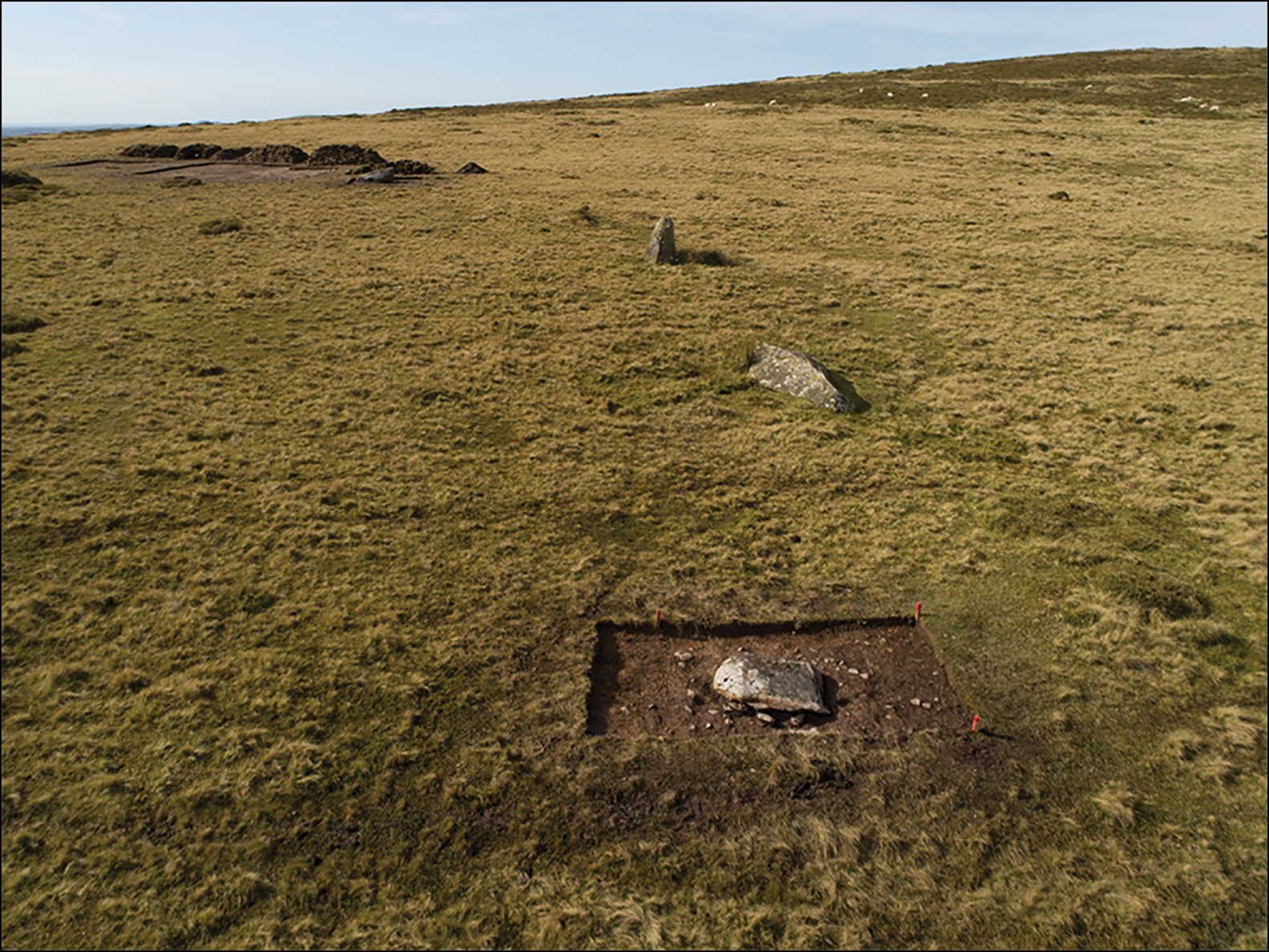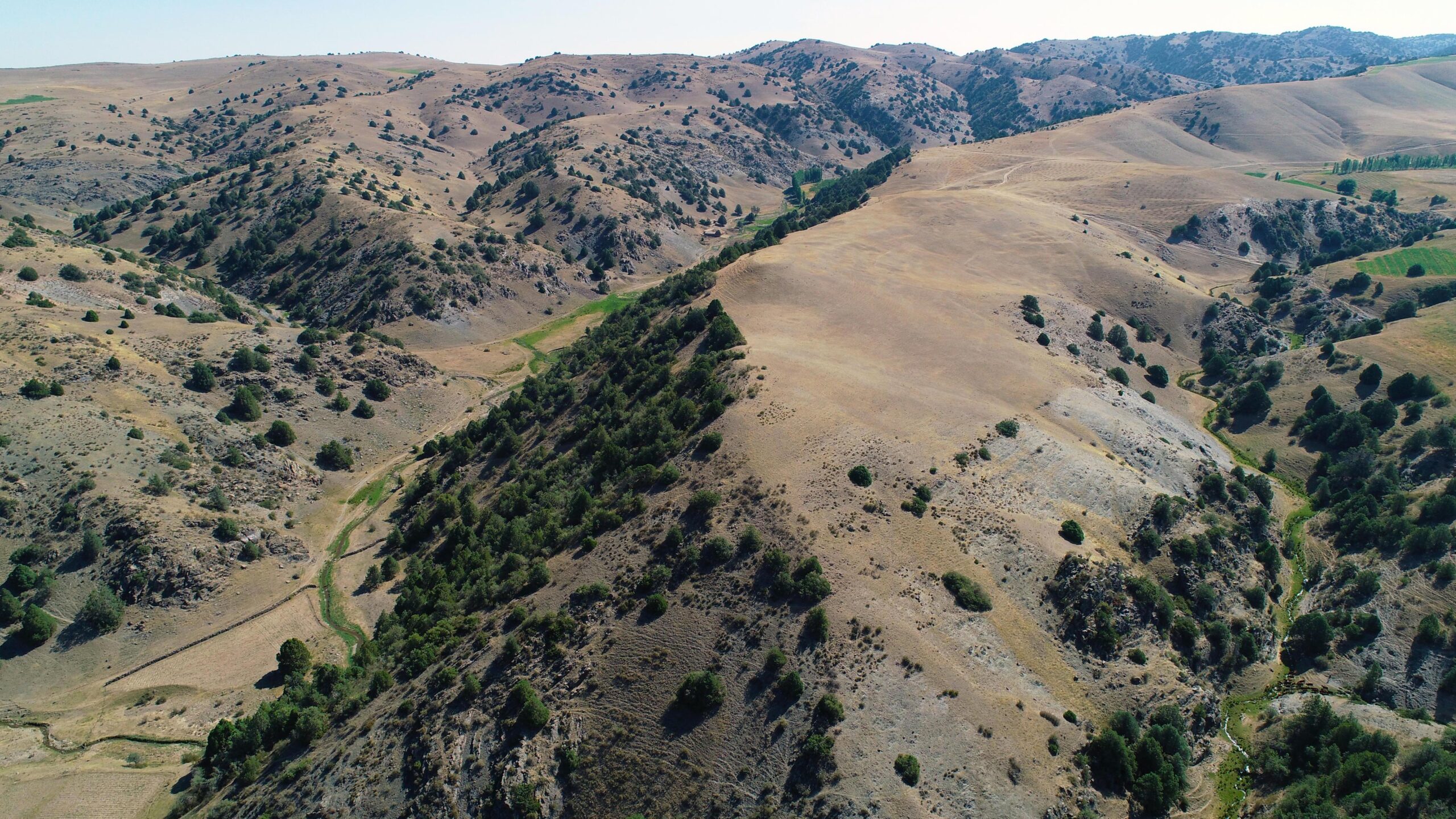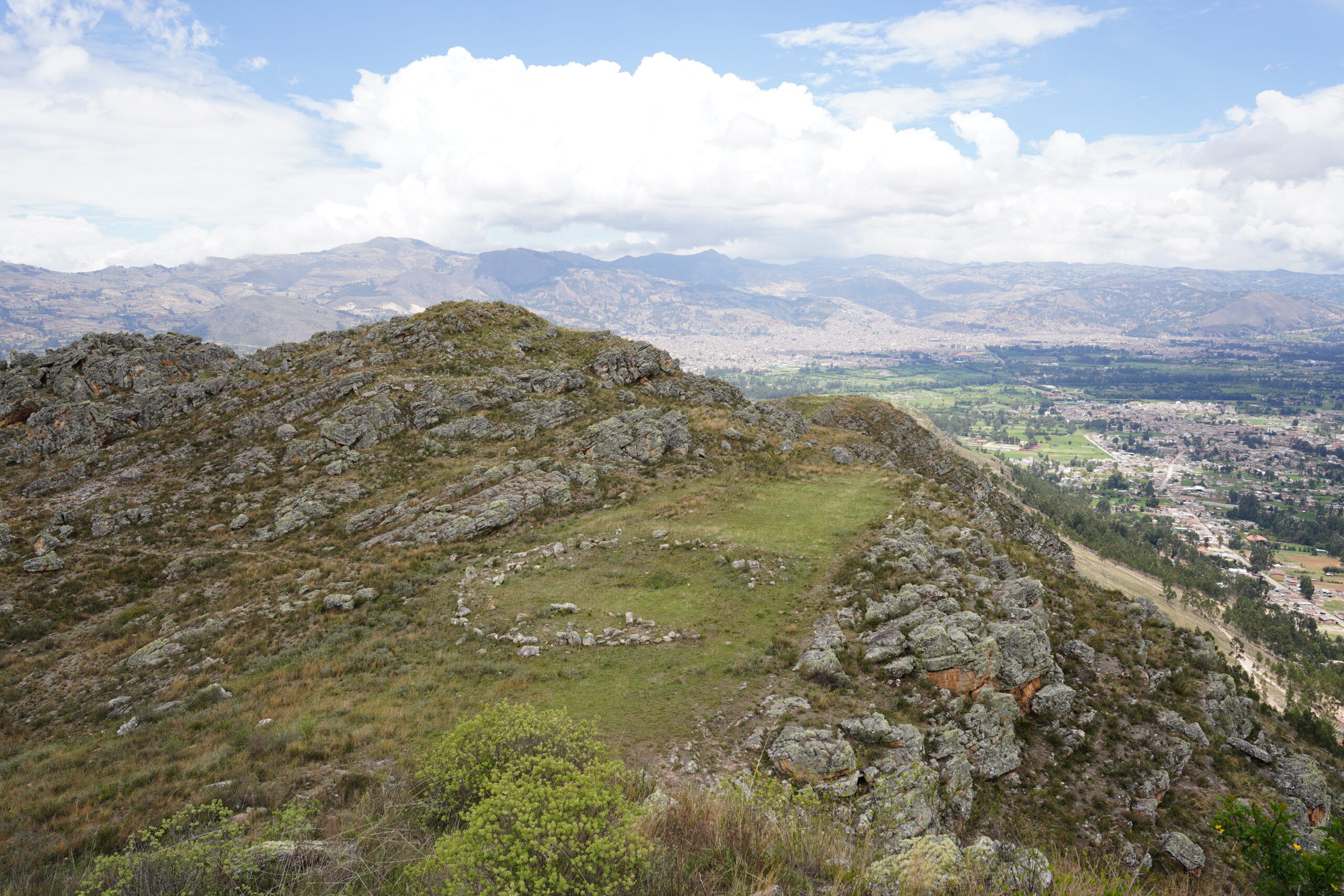Questions have always circled around Stonehenge, and now a breakthrough hypothesis suggests that the world’s most famous Neolithic monument was actually built elsewhere, before being moved to its iconic resting place on Salisbury Plain.
The theory which has been described by top Stonehenge experts as “a brilliant hypothesis,” details a scenario in which the famous blocks used to build Stonehenge were also used to build a previous structure of the same shape and diameter, 400 years before, and that were recycled to build Stonehenge once people decided to leave the area.
Chief among the questions the theory seeks to answer is one of dating. Scientists have long known that the Preseli Hills in modern-day Pembrokeshire on the Welsh Coast is the source quarry for the 6-10 foot high spotted dolerite “Bluestones” of Stonehenge.
However radio-carbon dating of food scraps from the miners of the Preseli quarries present a long, 400 year gap, between the mining of the rocks and the earliest construction evidence on Salisbury. The authors admit that 100 years ago, Herbert Thomas suggested that they had been cut and assembled in Wales as part of a “venerated stone circle,” before being moved later.
This moving of existing important sites is key to transferring legitimacy, power, or sanctity in many periods of human history.
“People and ideas and objects were moving over long distances, and the movement clearly had to do with the way society expressed power,” said Alison Sheridan, a curator emerita at the National Museum of Scotland. “Uprooting stones is a classic example”.
Veteran Stonehenge researcher Michael Parker Pearson et al. targeted a bluestone circle site in Wales called Waun Mawn, and began using different electric surveying methods like magnetometry and ground-penetrating radar, all which eventually yielded nothing.
PICTURED: The arc of the former standing stones at Waun Mawn, Wales during trial excavations in 2017. Photo credit: A. Stanford.
Absence of evidence not evidence of absence
In Waun Mawn, physical excavations revealed twelve notable features along the project’s building zone which was clearly an arch. Six of the twelve features were stoneholes from which monolithic stones had been removed.
Connecting the dots, which must have been an exciting moment, between the vacant stoneholes and toppled bluestone monoliths at Waun Mawn, produced a site diameter of 110 meters across — exactly the same as Stonehenge’s outermost earthen trench.
Dating Waun Mawn proved difficult, with Parker Pearson et al. utilizing optically stimulated luminescence, (OSL) which measured the age at which the sediment at the bottom of the stoneholes was first exposed to light. Along with charcoal samples, this OSL helped them date the construction to between 3600 to 3000 BCE, and that they were removed 300-400 years later, more or less exactly when construction began at Stonehenge.
Furthermore, analysis of animal and human remains from Stonehenge displayed similar chemical characteristics that could place them as coming from the Welsh coast.
“We believe a strong case can be made for Waun Mawn as the origin of at least part of Stonehenge,” write the authors. Parker Pearson suggests that Stonehenge was made by perhaps many other stone circles.
“[The authors] make a very good argument Stonehenge is a dismantled stone circle from Wales,” Sheridan told Science Magazine. “They dealt with very tricky data but came up with a brilliant hypothesis”.
In Preseli Hills, evidence of farming and human habitation dries up around the time Waun Mawn was cannibalized for its stone, suggesting that people followed their important monuments elsewhere. If it was a symbol powerful enough to pull people away from their livelihoods, it could have been a necessary expenditure of resources and effort for tribal leaders.




